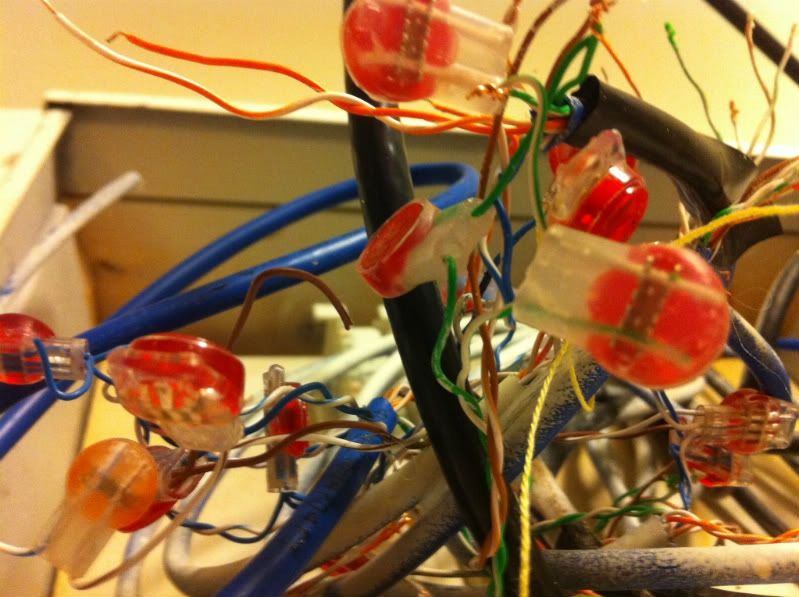Edit: Complete! and Before pics
Long story short. My dad is going to change some rj-45 wiring of the house.. but forgot what the caps(and the tools to melt?) were called so he can go buy some. Or if there are any similar way to connect the wires together. Thanks!!

Long story short. My dad is going to change some rj-45 wiring of the house.. but forgot what the caps(and the tools to melt?) were called so he can go buy some. Or if there are any similar way to connect the wires together. Thanks!!

Last edited:
![[H]ard|Forum](/styles/hardforum/xenforo/logo_dark.png)



